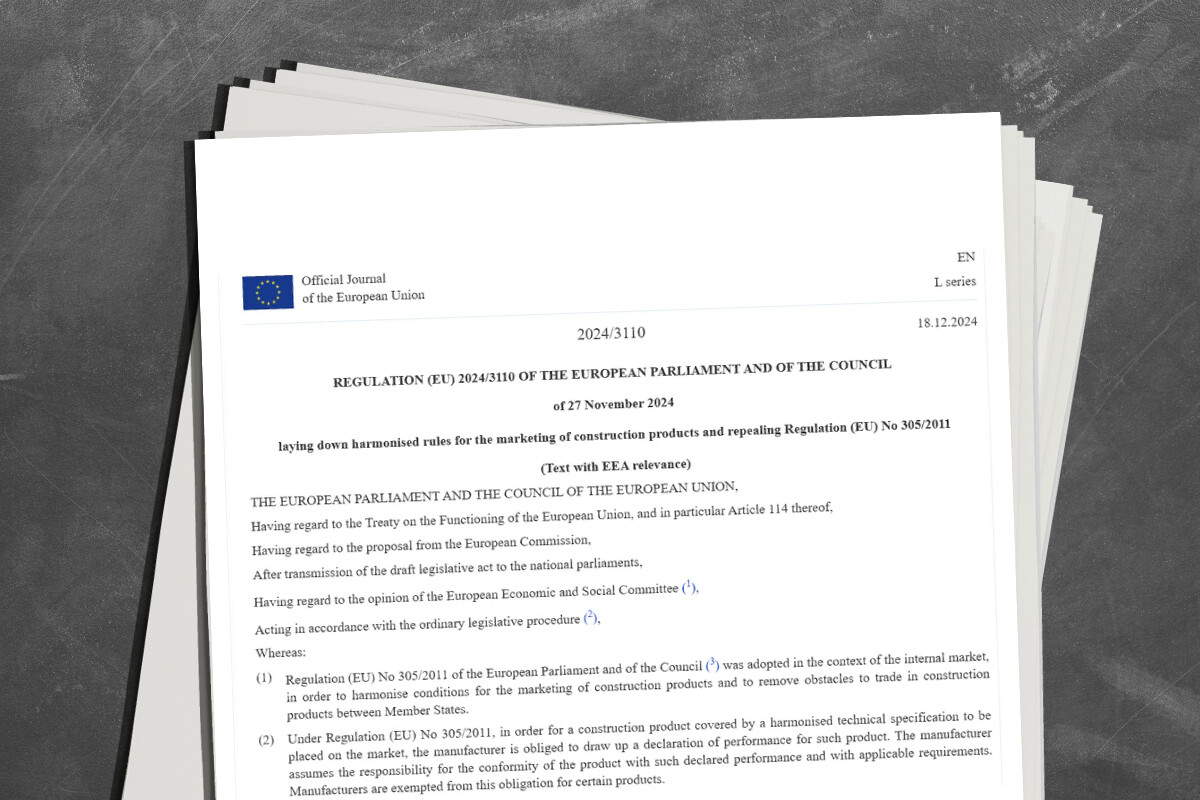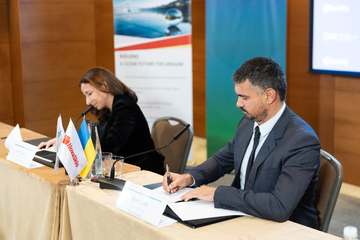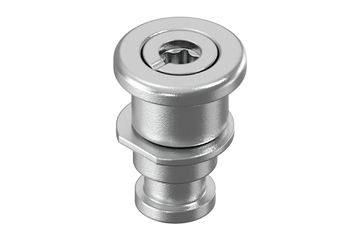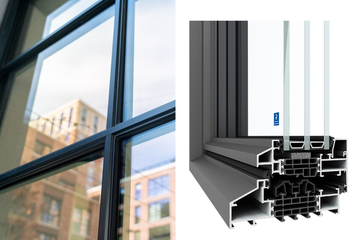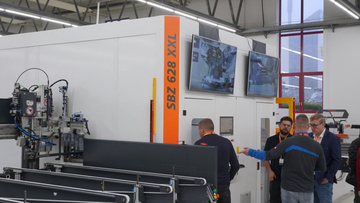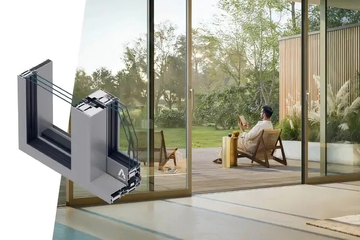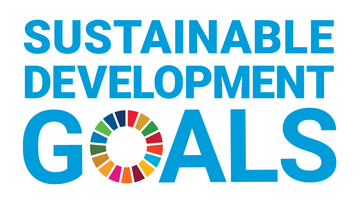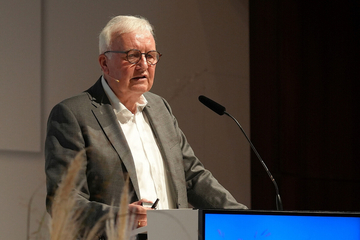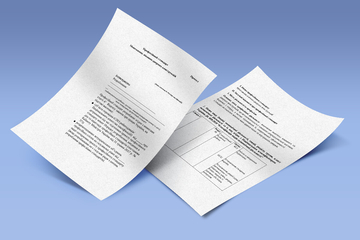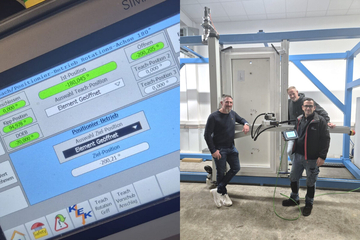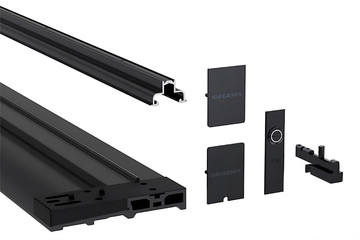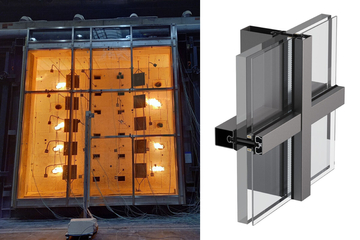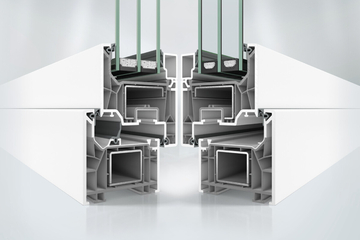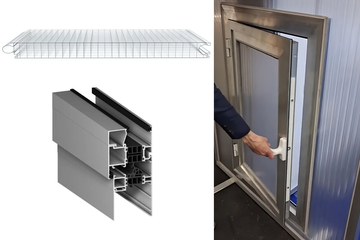The new CPR, published as Regulation (EU) 2024/3110, marks a major step towards digitalisation of the construction market. One of its key elements is the Digital Product Passport (DPP) — an electronic product passport containing all technical, environmental and performance characteristics.
The European Commission plans to make the DPP mandatory for the window and door sector after 2027–2028. However, manufacturers are advised to start preparing their data structures and internal processes now to meet the new requirements.
ift Rosenheim highlights a key issue — excessive detail in declarations. Under the current interpretation of the CPR, each product must have its own Declaration of Performance (DoP). This means that even a window differing only in opening direction or size would require a new declaration.
“I am genuinely alarmed by how bureaucratic monsters grow under the banner of deregulation. We are engineers, not clerks — we need logic, not paper mountains,” said Prof Heusler.
ift has calculated that with 70 million windows produced annually in Europe, the system would require around 6,000 checks daily for each of the 50 certification bodies — a scenario specialists describe as unrealistic.
Although the CPR aims to simplify trade within the EU, in practice digitalisation could create even greater barriers. According to ift Rosenheim, the industry needs practical rule adaptation: “A window is neither a medicine nor a smartphone. Its lifecycle, installation and repair are entirely different,” Heusler explained.
ift is working on integrating existing test protocols and certificates into digital formats to avoid manual duplication of data. “A PDF is not a DPP. The passport must be machine-readable and compatible with BIM,” emphasised Institute Director Dr Jochen Peichl.
A similar bureaucratic model is emerging in Ukraine. During an online meeting of the Ukrainian Manufacturers of Transparent Structures, representatives of the State Inspectorate for Architecture and Urban Planning (DIAM) stressed that a separate declaration is required for each product type, even if the only difference lies in the size of the window or door.
Thus, Ukrainian manufacturers face the same challenge as their European counterparts.
Also read: Ukraine finalises the implementation of the EU Construction Products Regulation 305 and prepares to adopt the new Regulation (EU) 2024/3110.
When to expect the mandatory DPP according to the European Commission’s plan:
- 2025 — CPR enters into force
- 2026 — beginning of the transition period
- 2027 — expected publication of the delegated act for DPP
- from 2028 — gradual implementation for windows and doors
ift participates in consultations to secure postponement and simplification of requirements for small and medium-sized enterprises.
“We cannot allow manufacturers to drown in bureaucracy. Our task is to make the CPR as simple as the law and common sense permit,” concluded Peichl.
